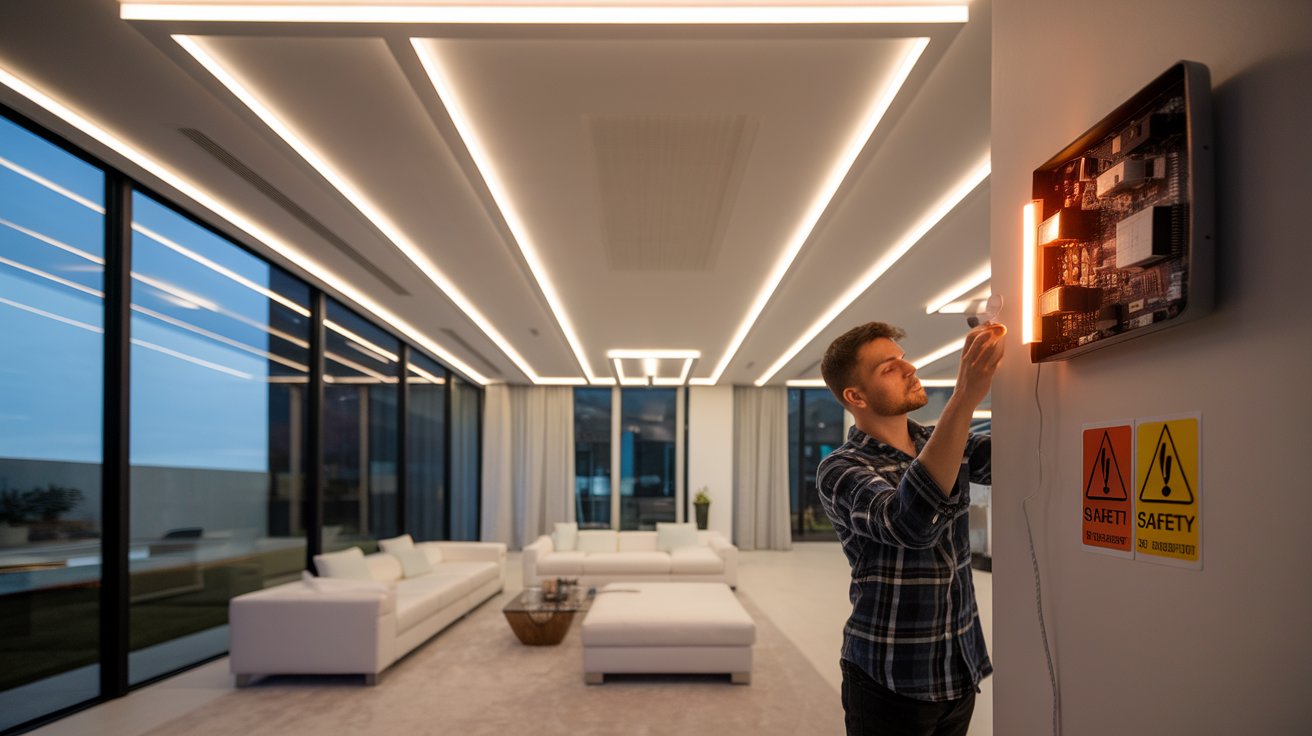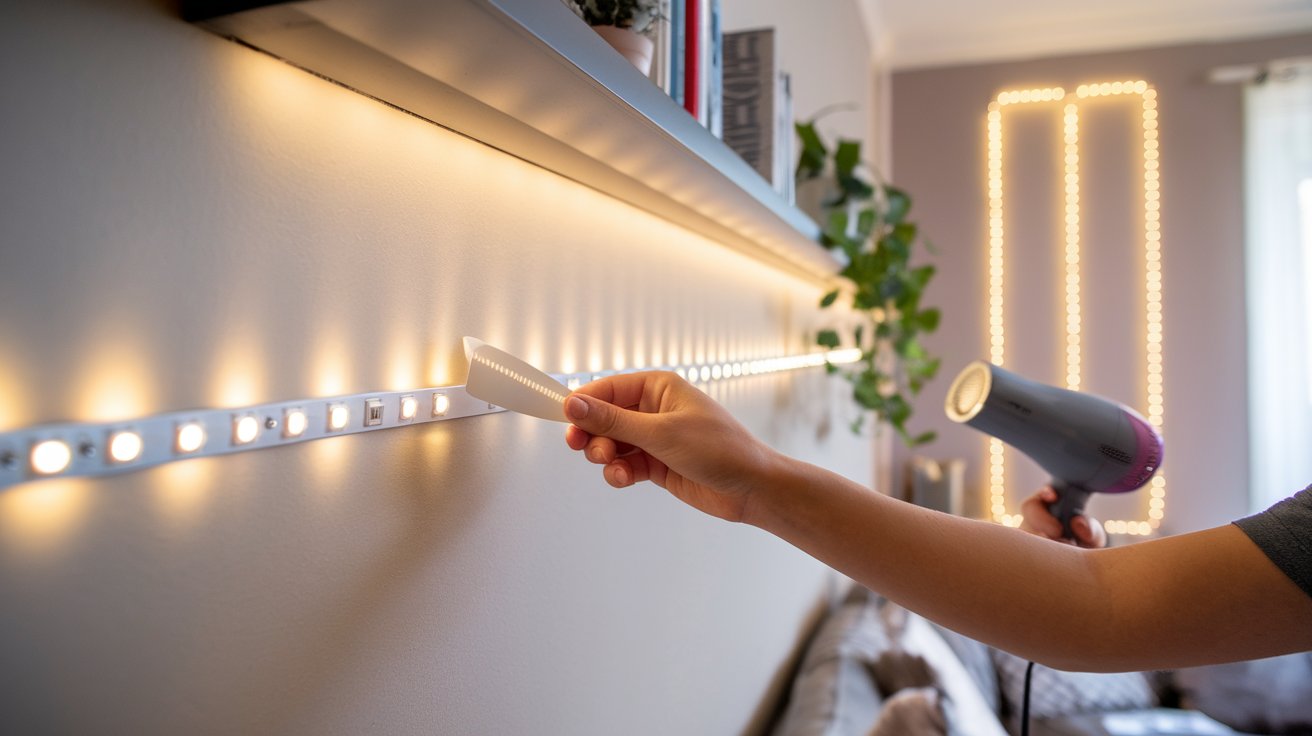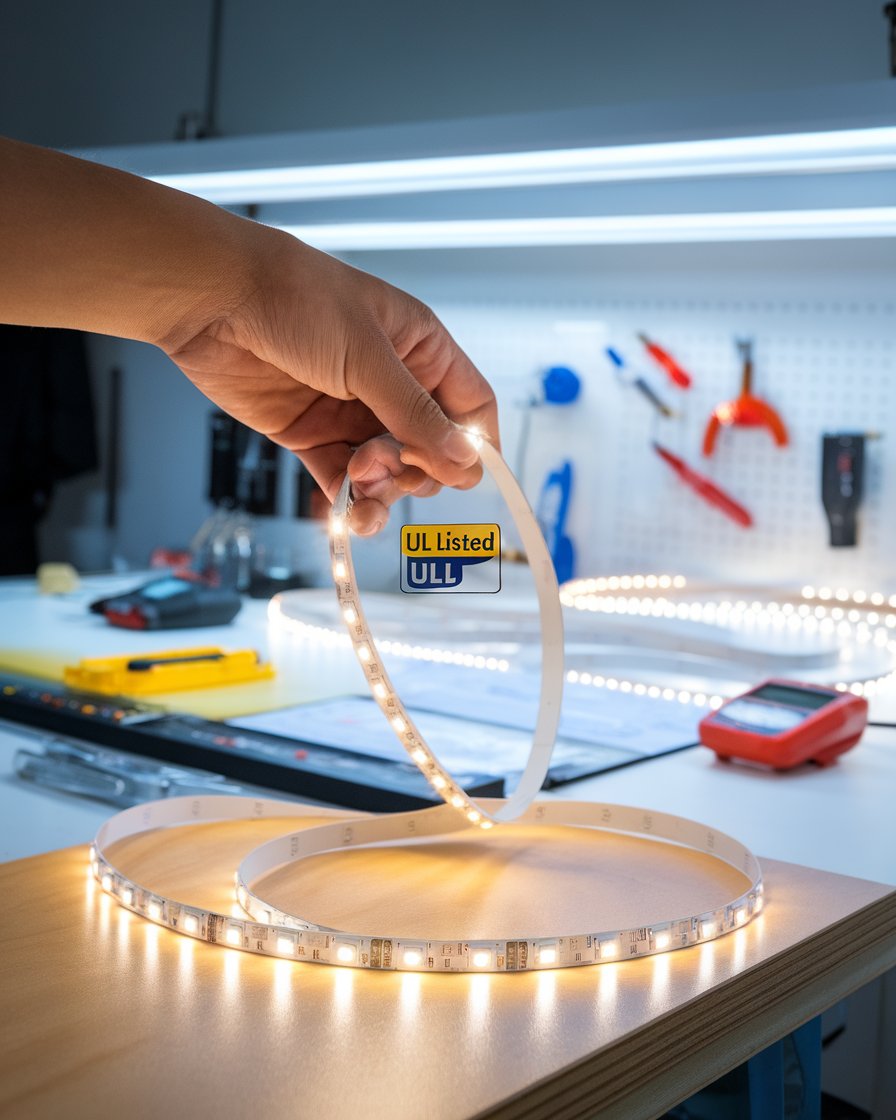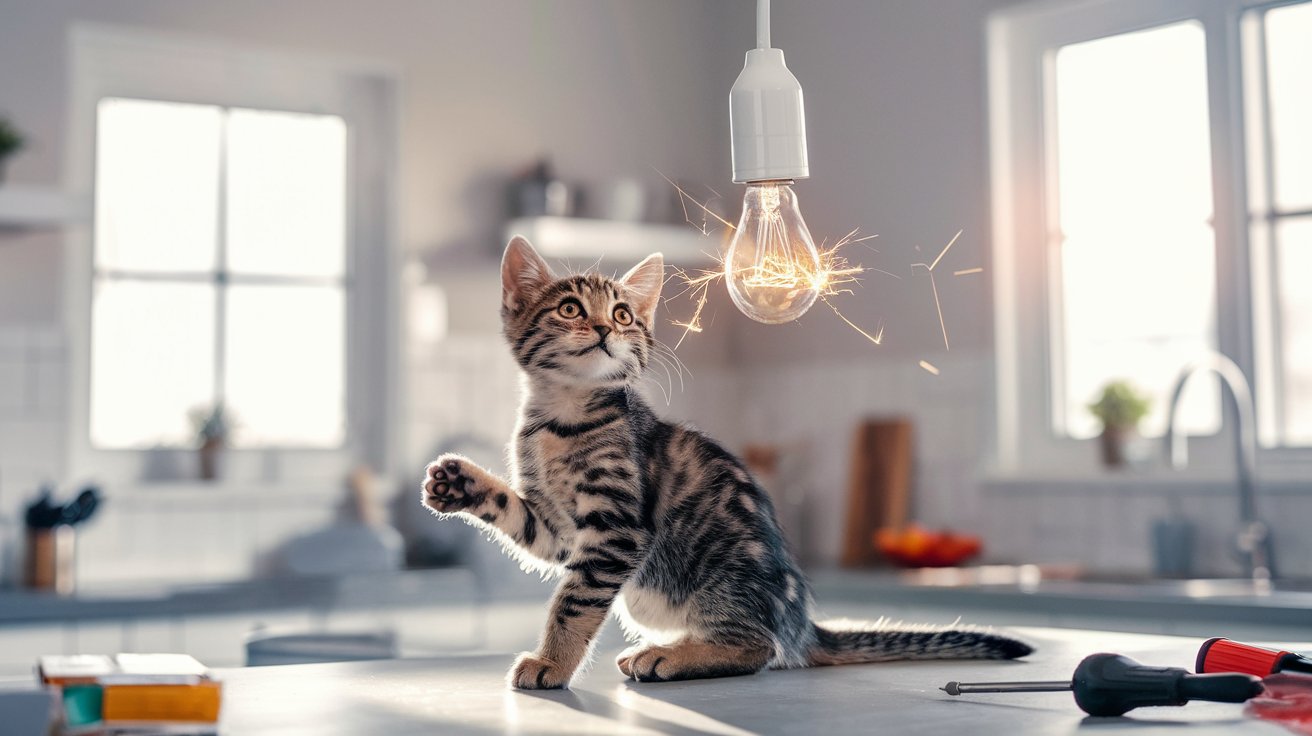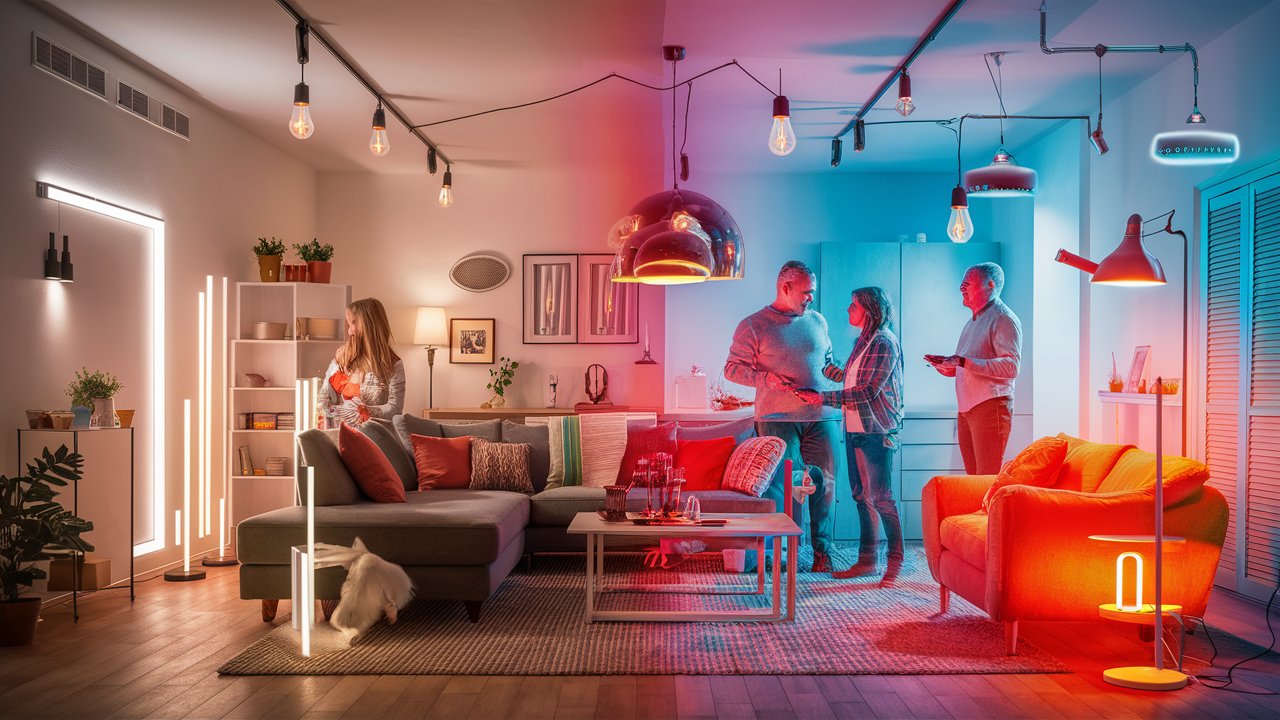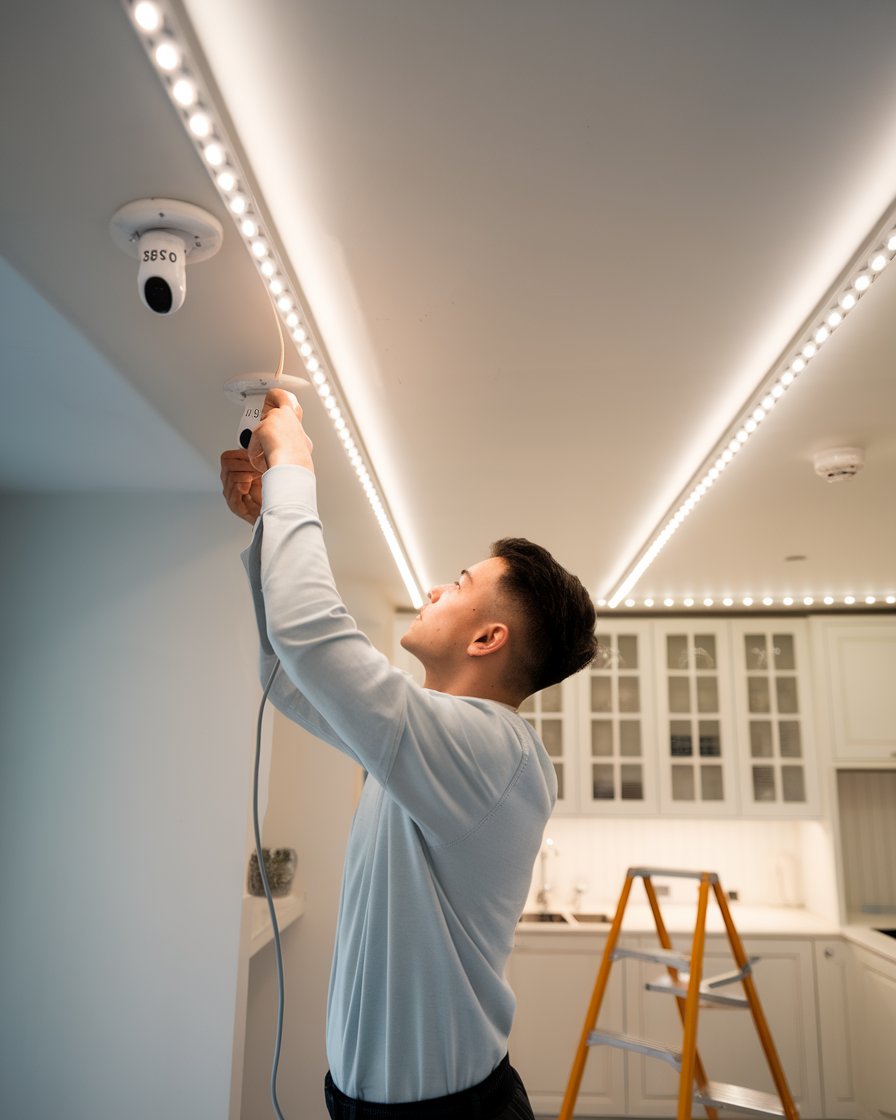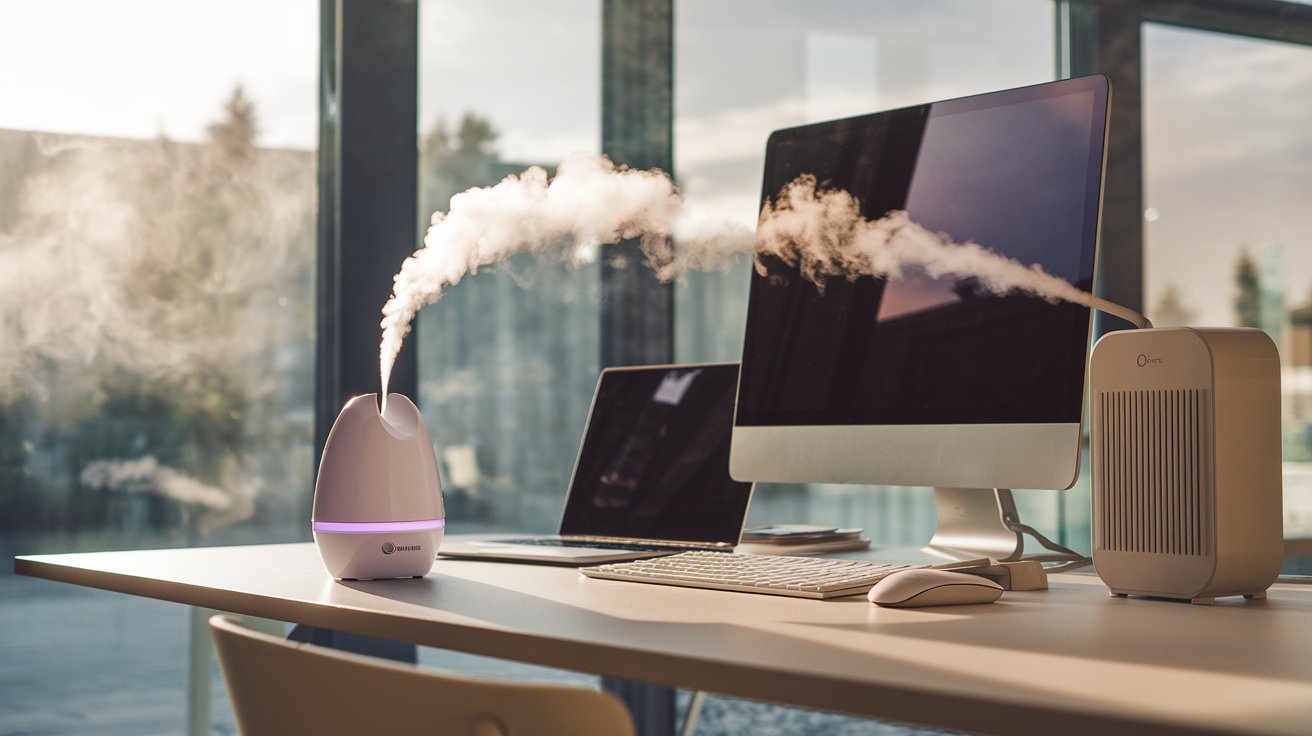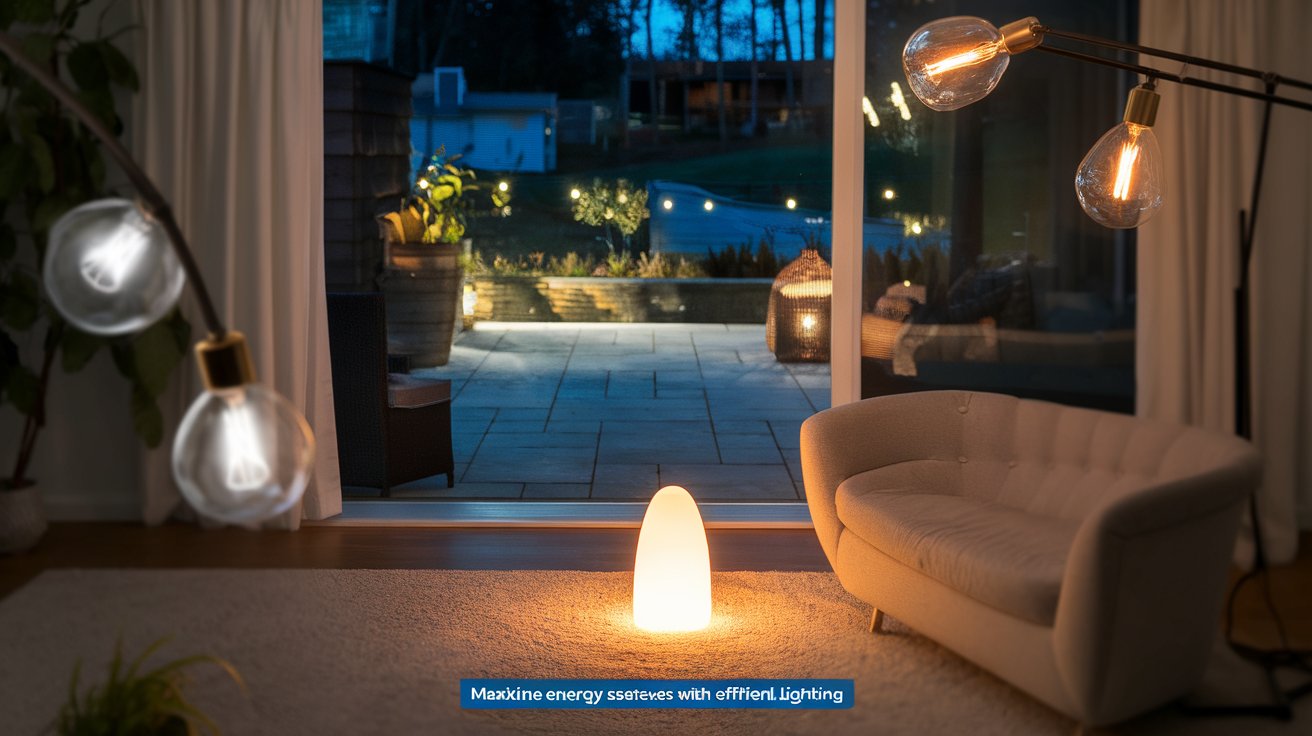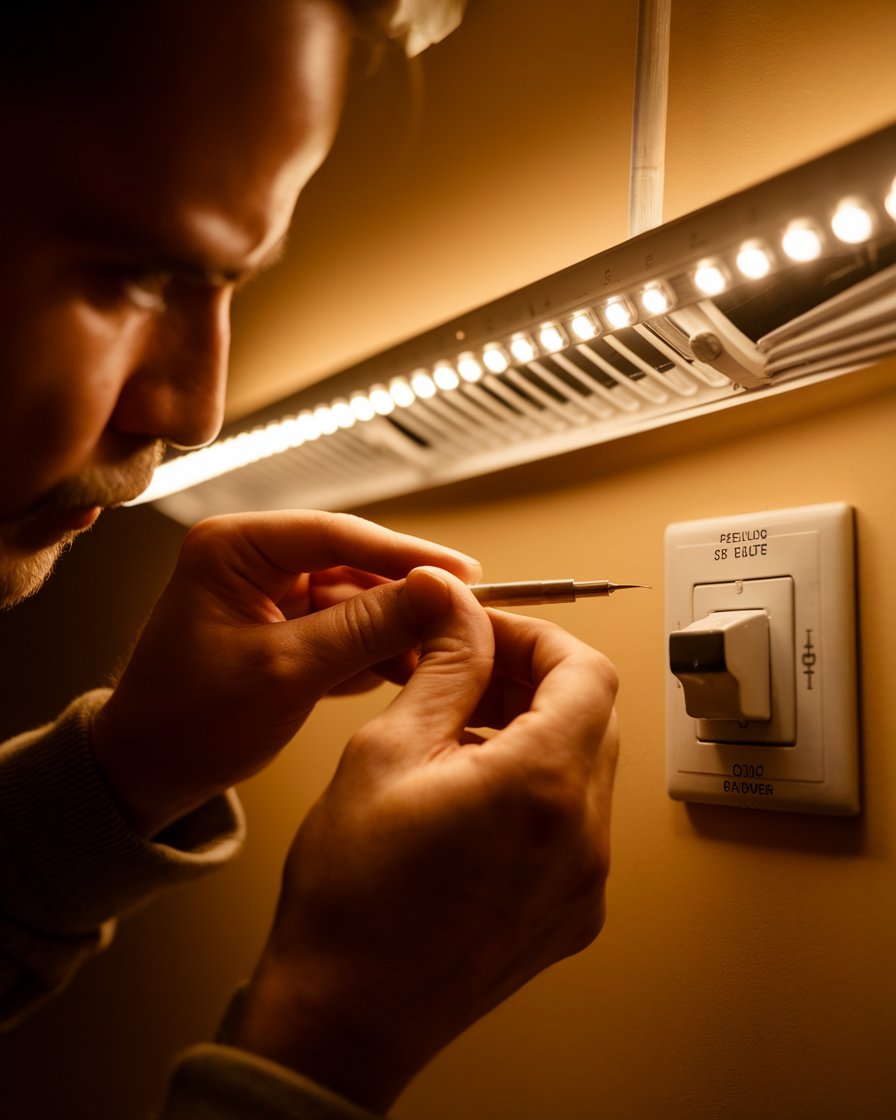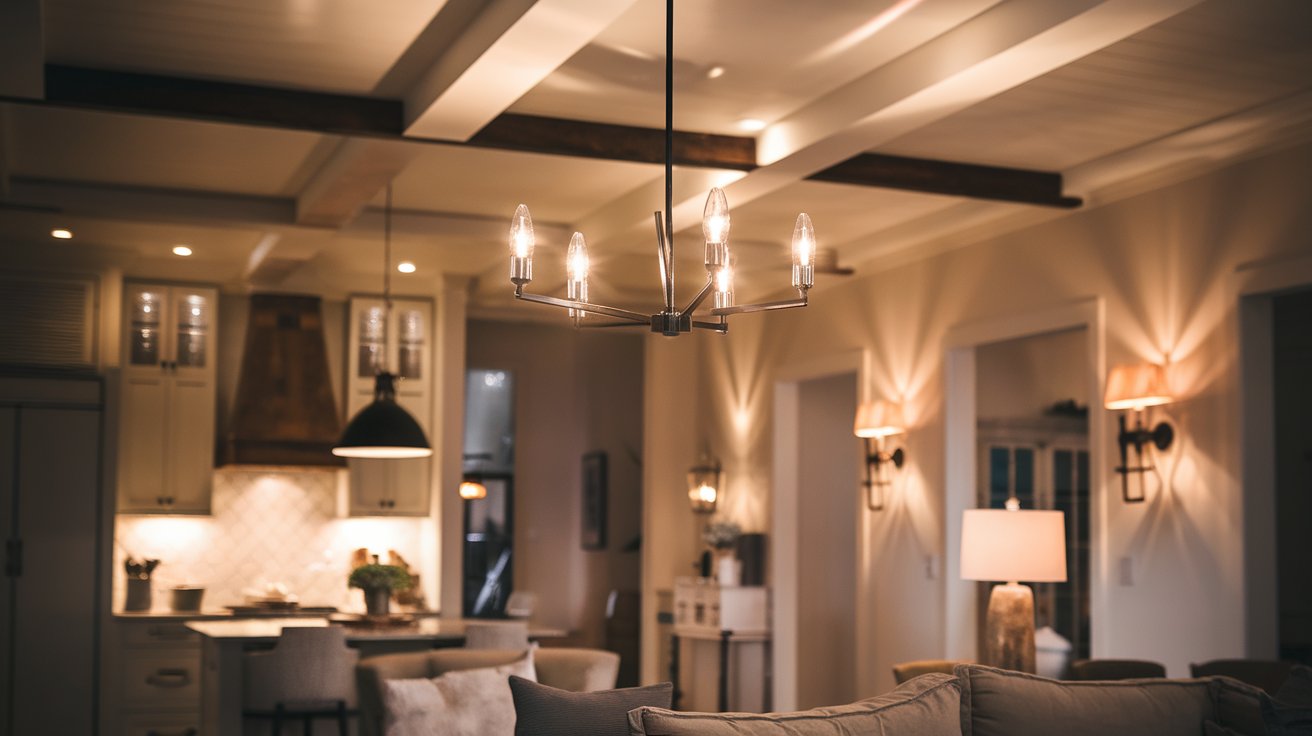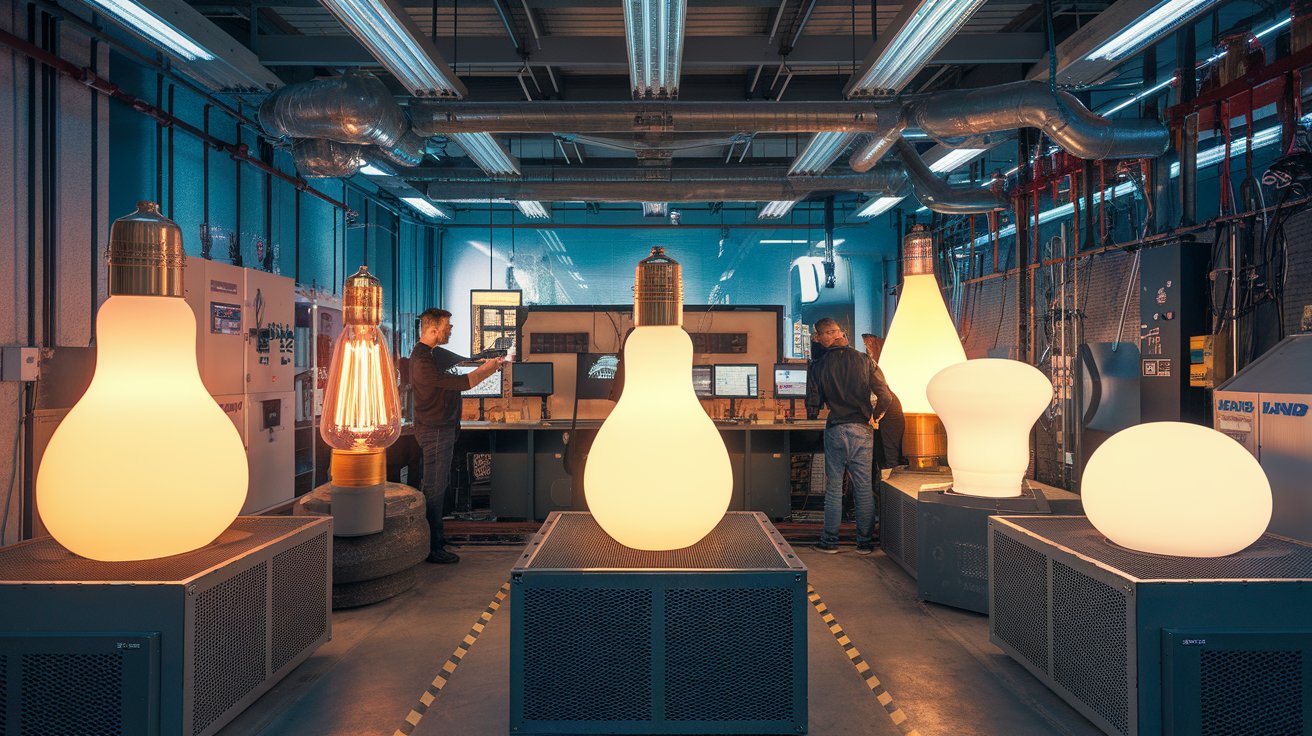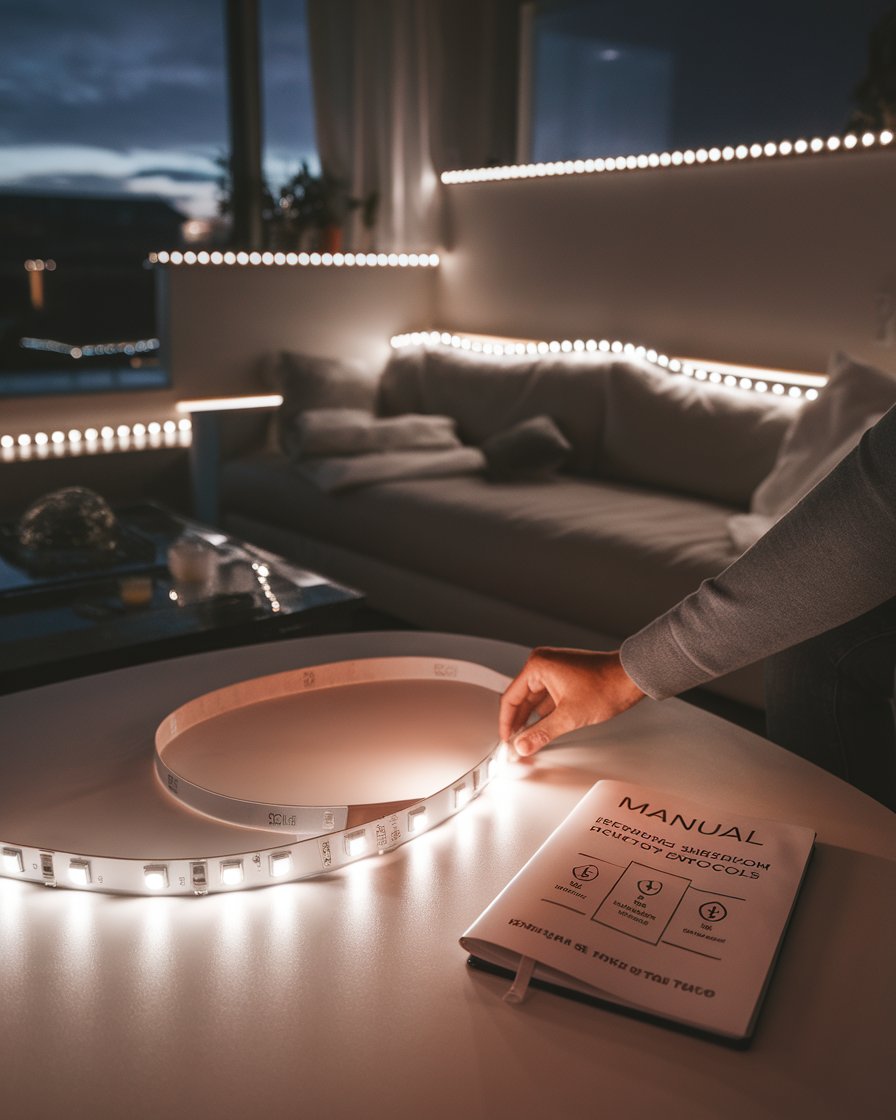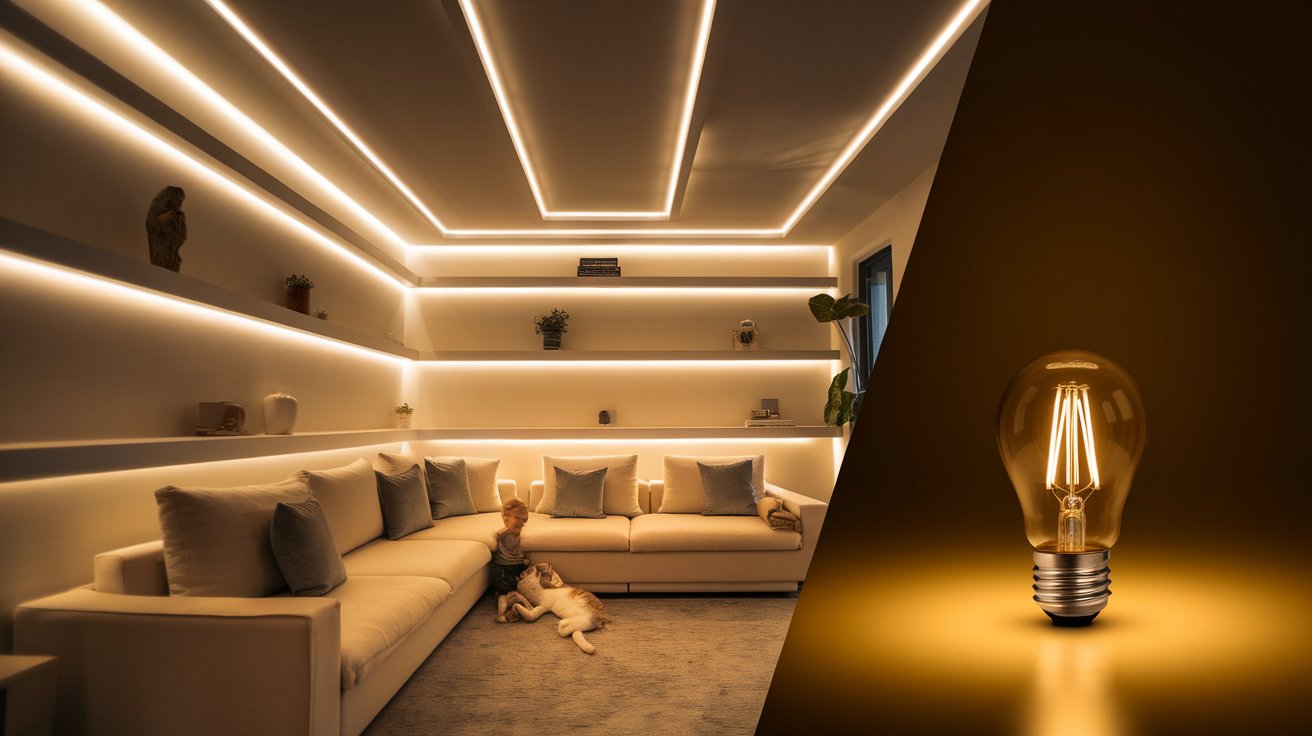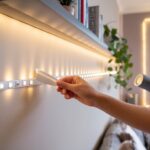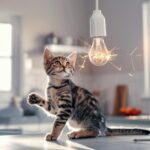Introduction
When it comes to LED strip lights, safety and proper installation are key factors in preventing fire hazards. While LED strip lights are generally safe to use, there are certain precautions you must take to ensure they don’t catch fire. From selecting high-quality LED strip lights to installing them correctly, every step matters. Proper heat dissipation, using the right power supply, and adhering to safety standards will help lower the risk of fire and make your lighting solution safer for long-term use.
In this guide, we’ll explore essential safety considerations when choosing and installing LED strip lights. Whether it’s troubleshooting overheating issues or implementing fireproof coverings, these steps will help you optimize both the safety and efficiency of your LED lighting setup, ensuring peace of mind and a safe environment.
Key Takeaways
- Selecting high-quality LED strip lights reduces the risk of overheating and fire hazards.
- Proper installation with the right power source is crucial to ensure the safety and longevity of LED strip lights.
- Heat dissipation and ventilation are important to prevent LED strip lights from getting too hot.
- Troubleshooting overheating issues quickly can prevent potential fire risks.
- Replacing faulty components safely requires using compatible, high-quality parts.
- Implementing fireproof coverings and emergency shutdown protocols enhances overall LED strip light safety.
Selecting Quality LED Strip Lights Avoid Fire Hazard
When selecting led strip lights, it’s crucial to focus on both quality and safety. High-quality led strip lights are designed to minimize the risk of fire and other hazards. These leds generate lower temperatures than traditional light bulbs, making them a safer choice for homes. Proper heat dissipation is key because led strip lights get hot and are likely to catch fire if not installed correctly. To ensure led strip lights are safe, choose products that meet safety standards, like UL Listed options. Certified products reduce fire-related risks, preventing led strip lights a fire. Those concerned with longevity should invest in high-quality led strip lights for both safety and performance. By focusing on the safety aspects of your installation, you can greatly reduce the chance that your led strip lights may start a fire.
Factors to Consider When Choosing LED Strip Lights
When choosing led strip lights, certain factors should be prioritized to avoid fire-related risks. First, ensure that the led strip lights have the necessary safety certifications, such as UL Listing. High-quality led strip lights are designed to operate at lower temperatures, which helps them dissipate heat more efficiently and reduces the chance of overheating. Next, consider the brightness levels and opt for strips with the appropriate power requirements to avoid overloading. Also, the use of led strip lights that are energy-efficient will prevent excessive heat buildup. Understanding these factors ensures you select led strip lights that are safe, effective, and long-lasting.
Reading Specifications for LED Safety
Before installing LED strip lights, it’s important to carefully read the product specifications to ensure they meet your safety requirements. Look for information about the voltage and wattage to prevent fire hazards caused by power mismatches. LED strips with safety features, like heat sinks, can help with proper heat dissipation. Always choose strips that come with clear instructions and are designed to prevent excessive heat generation. By reviewing these specifications, you can prevent potential fire risks and extend the lifespan of your LED lighting solution.
Important Considerations for Choosing LED Strip Lights
1. Look for Certified Safety Standards
When selecting LED strip lights, always check for certifications like UL Listing. These certifications ensure that the product has passed safety tests and is less likely to cause a fire or other hazards. Certified LED lights tend to have better heat dissipation, making them safer for long-term use.
2. Choose Energy-Efficient LED Strips
Energy-efficient LED strip lights not only save power but also generate less heat. Excessive heat can increase fire risks, so selecting LED strips that operate at lower temperatures can help maintain safety in your lighting setup.
3. Ensure Proper Brightness Levels
Brightness directly affects the power consumption of LED strip lights. Choosing a brightness level that matches the intended use and power supply can prevent overloading and reduce the risk of overheating. Opt for lights that meet your needs without pushing the limits of your electrical system.
Correct Installation Practices
Proper installation practices are essential to ensuring led strip lights remain safe and effective. The first step is selecting a power supply that matches the voltage of the led strip and current specifications. This helps prevent overheating, which could lead to fire-related risks with led strips. It’s also critical to install the strips in well-ventilated areas to support proper heat dissipation. Avoid placing led strip lights in enclosed spaces where heat may build up. Always refer to the manufacturer’s safety guidelines to ensure safety and optimal performance. Additionally, checking the circuit board and the led tape for any signs of wear can help reduce hazards. By following these best practices, you can minimize the chances that led strip lights catch fire and ensure safe, long-term operation of your lighting system.
Using the Right Power Source for LED Strips
Choosing the right power source is essential when installing LED strip lights to prevent overheating and fire hazards. A power supply that doesn’t match the LED strip’s voltage or wattage can result in excessive heat generation, which increases the risk of fire. Always use a power supply that adheres to the manufacturer’s guidelines and ensures that the LED strips operate within their specified limits. Installing high-quality LED strip lights with compatible power sources will help ensure the system runs safely and efficiently for the long term.
Ensuring Proper Insulation and Ventilation
Proper insulation and ventilation are critical when installing LED strip lights. Without sufficient airflow, LED strips can accumulate heat, increasing the likelihood of catching fire. LED strips should not be installed in enclosed spaces where ventilation is limited. Using heat-resistant materials for insulation is recommended, especially in areas prone to high temperatures. Regularly inspecting your installation to ensure that dust or debris doesn’t block ventilation pathways will help maintain the safety and efficiency of the LED lighting solution.
Case Study: Ensuring Safe Installation of LED Strip Lights in a Commercial Space
In a recent case study, a commercial retail store installed LED strip lights to enhance its interior ambiance. The installation team carefully selected high-quality LED strips with UL certification, ensuring they met safety standards. However, during the initial setup, the team realized the power supply was not properly matched to the LED strip specifications, causing the lights to overheat. Upon discovering the issue, they replaced the power supply with a compatible one and ensured the strips had adequate ventilation to allow for proper heat dissipation.
This adjustment not only improved the efficiency of the lights but also reduced fire risks significantly. The store continues to use the LED strip lights safely, having implemented regular inspections to prevent future issues.
Troubleshooting LED Strip Lights
Even with high quality led strip lights, issues like overheating can still occur. If led strip lights begin to overheat, there’s no need to worry—just act swiftly. Start by turning off the power supply immediately. Then, check for ventilation to ensure proper heat dissipation. It’s essential to use a compatible power supply for your led strip, as mismatches in voltage or current can cause excessive blue light and excessive heat. Regular inspections are also key, as accumulated dust and wear can impact the safety of led strip lights. By staying vigilant with maintenance and promptly addressing any overheating, you can keep led strip lights safe and extend the life of the led strip.
What to Do in Case of Overheating
If you notice your LED strip lights getting too hot, it’s crucial to act quickly to avoid fire risks. Turn off the power supply to the affected strip immediately to prevent further overheating. Then, check for issues like poor ventilation or excessive heat buildup. Make sure the power source is compatible with the LED strips and inspect the installation for dust accumulation. If the problem persists, it may be necessary to replace the power supply or upgrade to LED strips with better heat dissipation. Taking swift action can prevent a fire and ensure the safety of your setup.
Replacing Faulty Components Safely
When replacing faulty components of LED strip lights, safety should be your top priority. Always disconnect the power supply before beginning any replacement. Use only high-quality replacement parts that are compatible with the original LED strip specifications. Failing to match components can lead to overheating and fire risks. Following manufacturer instructions is key to ensuring that the replacement process is safe and effective. By using compatible parts and ensuring proper installation, you can avoid future malfunctions and reduce fire-related risks in your LED lighting system.
“Safety is not just a requirement; it’s a mindset. Technology must always be used responsibly to ensure that progress doesn’t come at the cost of safety.” — Elon Musk
Additional Safety Measures
Beyond proper installation and troubleshooting, there are additional safety measures you can take for peace of mind. One option is installing fireproof coverings around light sources like led strip lights. This can help contain potential fires, particularly in areas where the temperature of the led strip may rise. Additionally, having emergency shutdown protocols in place ensures that if something goes wrong, you can turn off the power quickly to prevent damage. There’s no need to worry if you are prepared and know where the power switches or circuit breakers are located. Taking these extra precautions will enhance the safety and efficiency of your led strip lights while extending their lifespan and ensuring optimal light energy output.
Installing Fireproof Coverings for LED Strip Lights
To further enhance safety, installing fireproof coverings around your LED strip lights can protect against potential fire hazards. These coverings are designed to contain any fire that might occur due to excessive heat or electrical faults. It’s important to use coverings that meet fire safety standards and allow for proper airflow, so the LED strips don’t overheat. Fireproof coverings provide an extra layer of protection, giving you peace of mind that your LED lighting solution is safe and secure.
Implementing Emergency Shutdown Protocols
An emergency shutdown protocol is an essential safety measure for any LED strip lighting system. In case of an emergency, you need to be able to turn off the power quickly to prevent fire hazards. Ensure everyone in your household or workplace knows how to access the main power switches or circuit breakers. Establishing clear protocols can help mitigate risks in case of an electrical fault or overheating. By having an emergency plan in place, you can act swiftly to ensure the safety of your LED strip lighting setup.
Conclusion
Incorporating LED strip lights into your home or workspace can provide both aesthetic appeal and energy efficiency, but it’s crucial to prioritize safety to minimize fire risks. By selecting high-quality LED strips and ensuring proper installation with adequate heat dissipation, you can greatly reduce the chances of overheating or electrical issues. Understanding how to troubleshoot and safely replace faulty components will further extend the life of your LED strip lights and prevent potential hazards.
Ultimately, taking these proactive measures, such as using fireproof coverings and implementing emergency shutdown protocols, will help ensure your LED strip lights operate safely and effectively. With the right approach, you can enjoy the benefits of LED lighting without the worry of fire-related risks.

